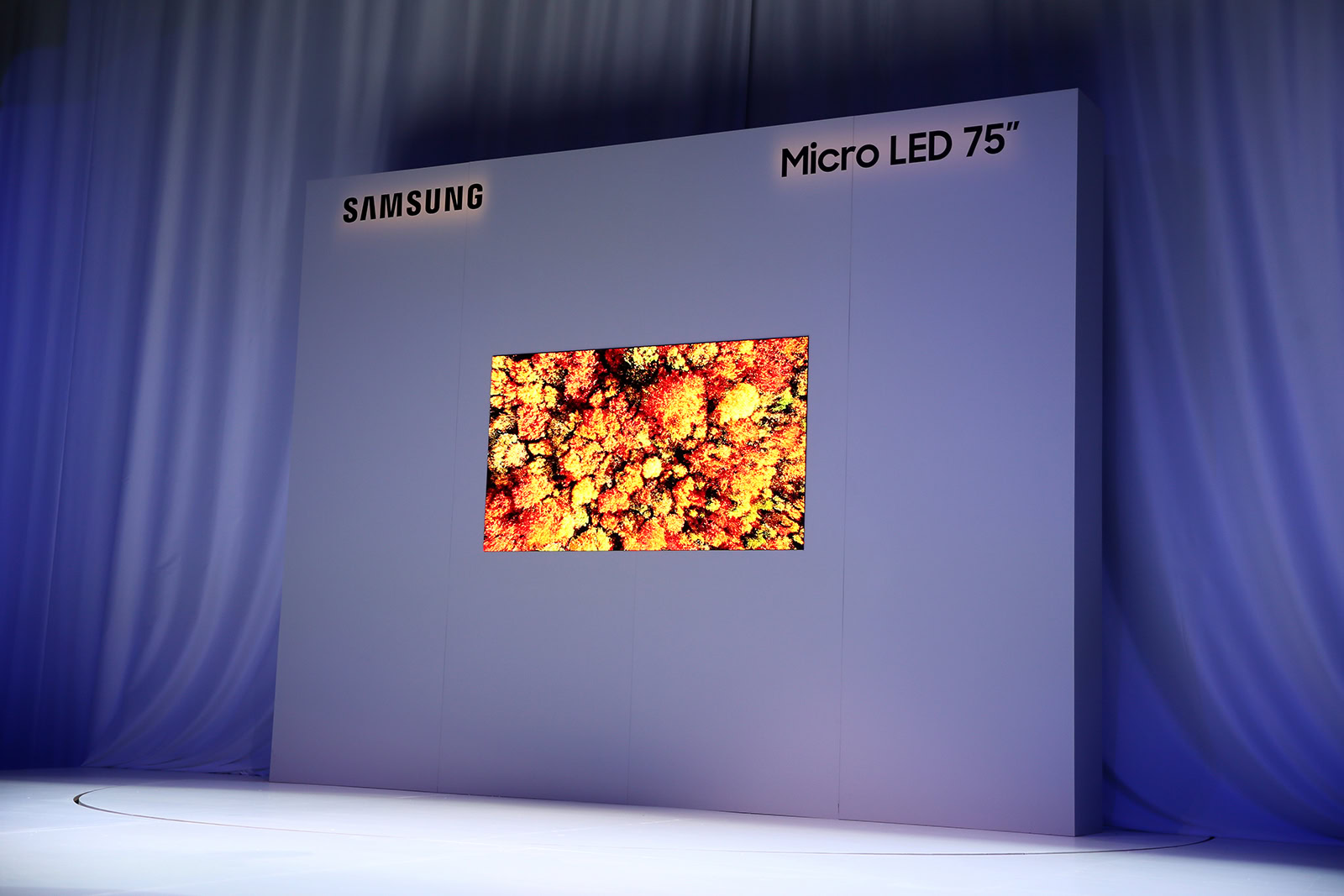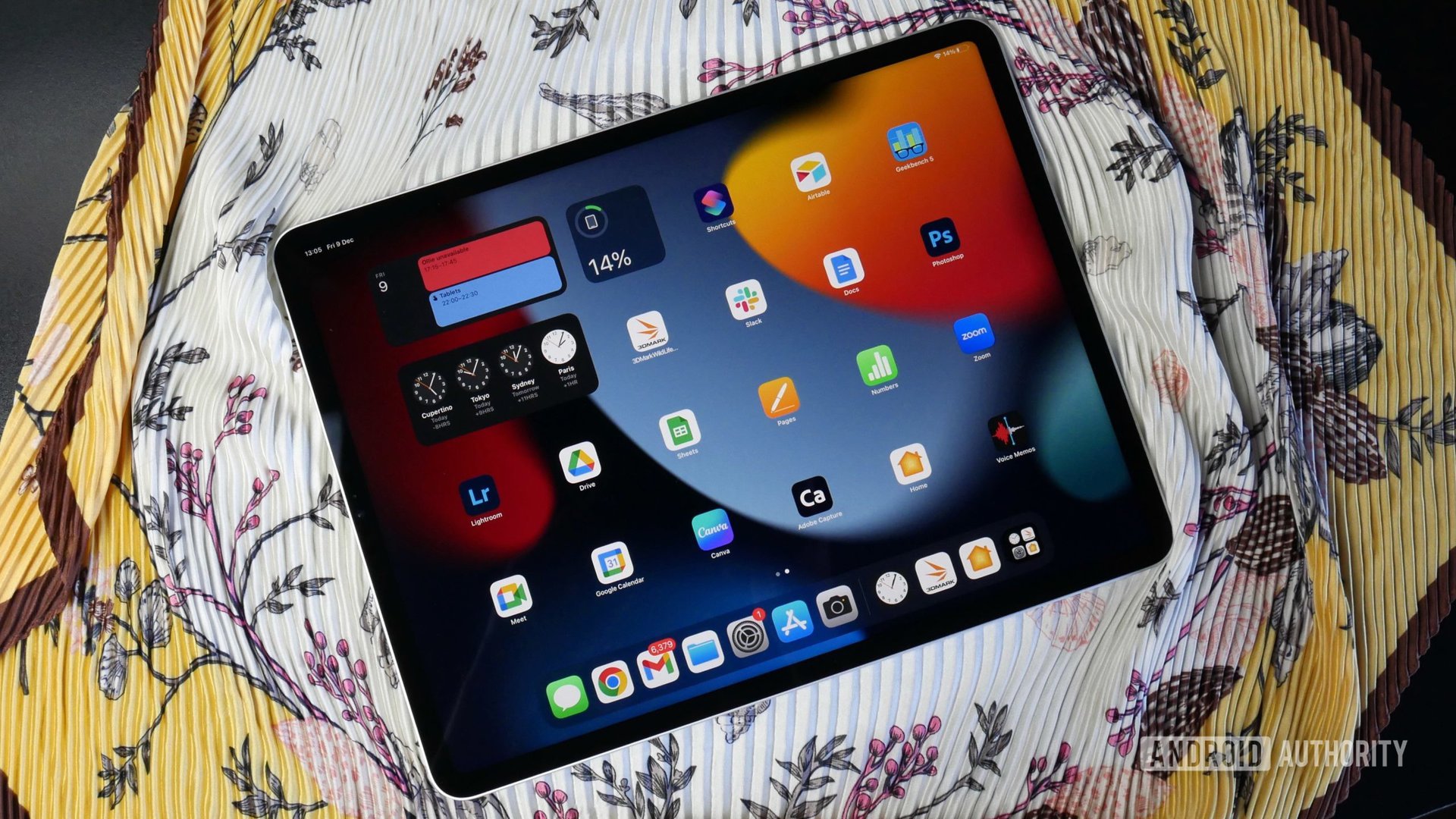Robert Triggs / Android Authority
In recent years, there have been many iterations of standard LCD flatscreen televisions; two of the newest screen display types are Mini LED and MicroLED. These emerging technologies promise superior picture quality and performance compared to traditional displays, though they differ from each other and have their own sets of pros and cons. In this article, we explore the distinctions between Mini LED vs MicroLED, comparing their key features, advantages, and potential drawbacks.
Mini LED vs. MicroLED: How do they compare?
Before we explore the differences between Mini LED and MicroLED, it’s essential to understand the underlying technology that sets them apart.
Mini LED is a technology that bridges the gap between traditional LED displays and MicroLED. It utilizes thousands of tiny LEDs as the backlight source for LCD panels. These LEDs are significantly smaller than those found in conventional LED displays, allowing for more precise control over local dimming zones. This results in improved contrast, better color accuracy, and enhanced brightness levels.
MicroLED, on the other hand, uses a very different technology. Instead of relying on a backlight, each pixel in a MicroLED display is composed of individual micrometer-sized LED lights, which are even smaller than traditional LED lights. Each is in a cluster of three LEDs (red, green, and blue) that are self-emissive, creating their own color and light, similar to an OLED display.
This self-emissive nature eliminates the need for a separate backlight, resulting in superior contrast ratios, vibrant colors, and potentially infinite black levels. MicroLED displays are also known for their high resolution and scalability, making them suitable for various applications.
Color reproduction and contrast
Mini LED displays offer superior color reproduction and contrast compared to traditional LED displays. They feature many local dimming zones, allowing deeper blacks and brighter highlights. While Mini LED can provide excellent picture quality, it may still fall short of the self-emissive capabilities of MicroLED.
MicroLED excels in color reproduction and contrast due to its self-emissive nature. Each pixel emits its own light, resulting in true black levels and vibrant colors. This technology offers the best-in-class performance regarding color accuracy and contrast ratios.
Brightness

Mini LED displays can achieve high brightness levels, making them suitable for well-lit environments. They provide an excellent HDR (High Dynamic Range) experience, ensuring that highlights pop and details are preserved even in bright scenes.
MicroLED displays can also achieve exceptional brightness levels, often surpassing those of Mini LED. This makes them ideal for applications where high brightness is crucial, such as outdoor displays and large video walls.
Viewing angles
Mini LED displays typically offer good viewing angles, ensuring the picture remains clear even when viewed from the side. However, the performance may vary depending on the display’s quality and design.
MicroLED displays generally maintain excellent viewing angles, similar to OLED screens. This means the picture quality remains consistent from almost any angle, making them suitable for curved displays and immersive setups.
Gaming
Mini LED and MicroLED technologies can deliver exceptional gaming experiences with low input lag and fast response times. MicroLED’s self-emissive properties have the additional advantage over OLED displays, allowing it to avoid any risk of burn-in when displaying static images (such as a HUD when playing video games). This makes it one of the best screen options for gaming.
Price
MicroLED displays are significantly more expensive than Mini LED displays due to their complex manufacturing process and the need for precise pixel control. Additionally, the screens are currently only offered in extra large sizes, with an 89-inch MicroLED from Samsung costing a whopping $100,000. Alternatively, a Mini LED is much more affordable. Consumers can pick up a Sony 85-inch Mini LED screen for $5,000 (or much less on a sale).
Mini LED vs. MicroLED: Which is better?

Oliver Cragg / Android Authority
The choice between Mini LED and MicroLED ultimately depends on your specific needs and budget. If you prioritize top-tier picture quality and are willing to invest a lot in the latest technology, MicroLED offers a superior image. However, if you’re looking for a more cost-effective option that still offers excellent performance, Mini LED is a compelling alternative.
FAQs
Mini LED displays are less susceptible to burn-in than OLED screens, but it is still theoretically possible under extreme conditions. MicroLED displays are less prone to burn-in due to their self-emissive nature, making them a safer choice for applications with static content.
Both Mini LED and MicroLED displays have the potential for a long lifespan, often exceeding that of traditional LED displays. However, the actual lifespan may vary depending on factors such as usage patterns and manufacturing quality.
Mini LED and MicroLED displays offer some advantages over OLED, such as improved brightness and potentially longer lifespan. However, OLED screens are known for their self-emissive properties, which can result in deeper blacks and more vibrant colors. The choice between these technologies depends on your specific preferences and requirements.









